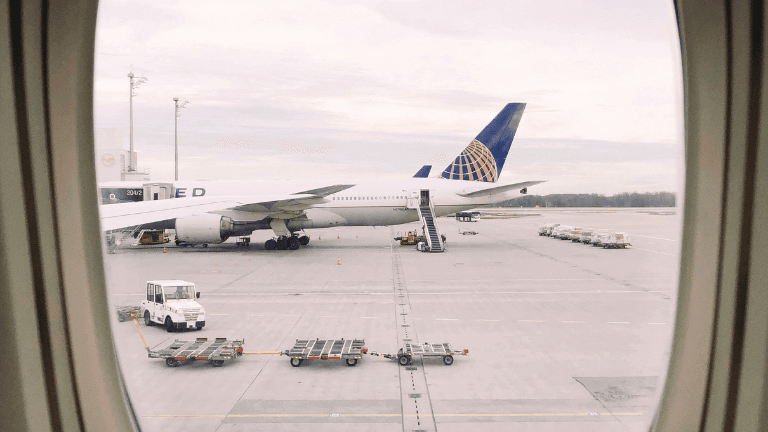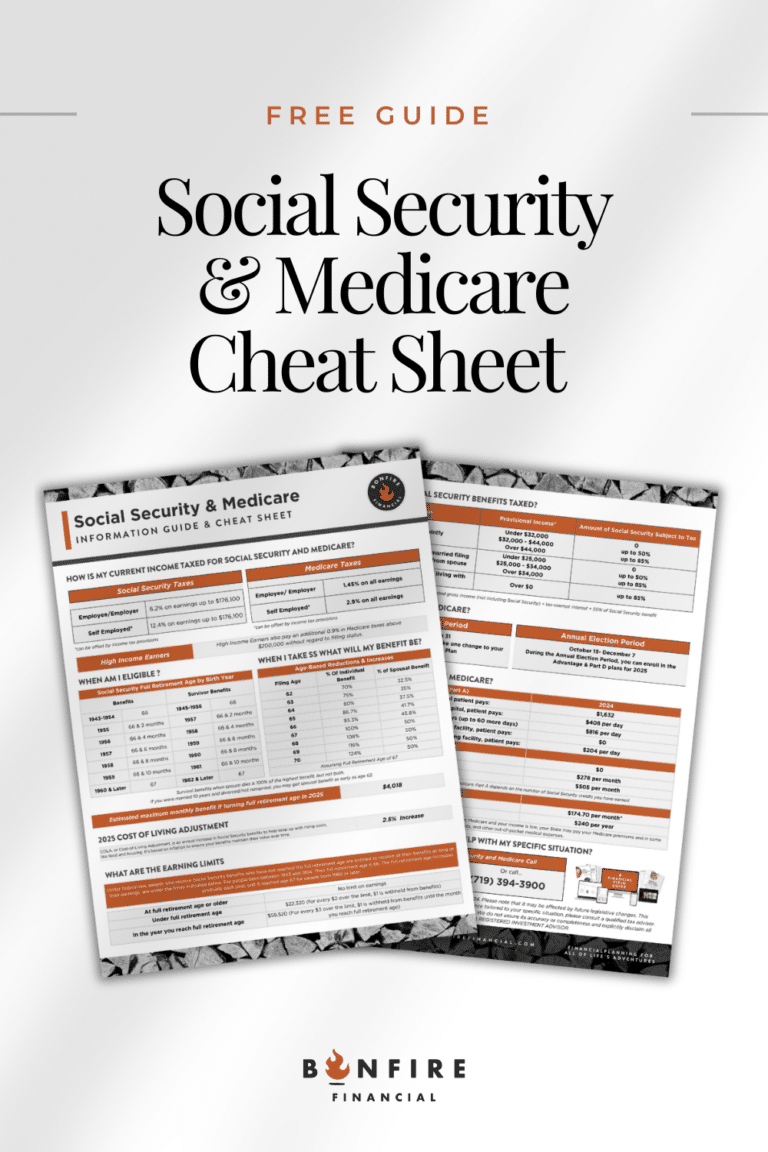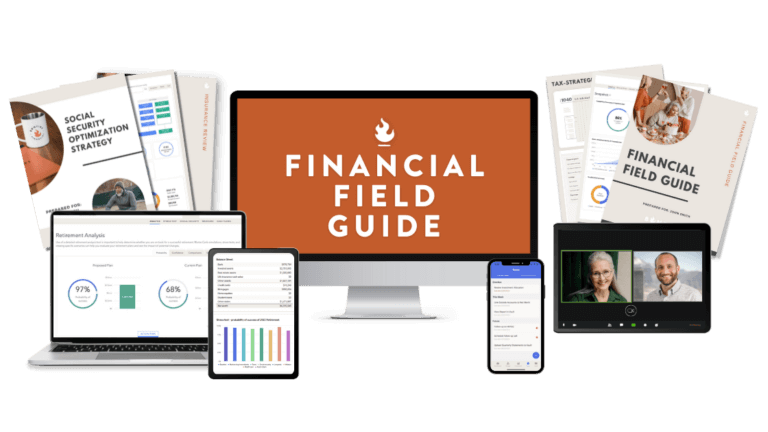United Pilot Plan Updates: Understanding the Cash Balance Plan
The introduction of the Market Based Cash Balance Plan (MBCBP) has piqued the interest of many United pilots. As a CERTIFIED FINANCIAL PLANNER™, I’ve had the privilege of working with over 50+ pilots, just like you, helping them prepare for life after flying and build a secure financial future. My specialization in United pilot benefits helps equip me to guide you in maximizing your career earnings and benefits.
How the Market Based Cash Balance Plan works with your current plan
The Market Based Cash Balance Plan represents an opportunity to enhance your retirement savings, working in conjunction with the Profit Sharing Retirement Account Plan (PRAP). This supplementary retirement savings account is designed for spillover contributions from your 401(k) plan. The question on many pilots’ minds is how the MBCBP operates, how it can be utilized, and whether it offers advantages over the Health Reimbursement Account (HRA).
Understanding the MBCBP involves grasping two crucial limits—the 401(a) Limit and the 415(c) Limit.
The 415(c) Limit sets the total cap on contributions to your 401(k) from both your employee and employer contributions. As of 2024 (Check here for the current year’s limits) For individuals under 50, this limit stands at $69,000, while those 50 or older can contribute up to $73,500. Meeting this limit can occur when maximizing your 401(k) contributions, which are:
- $23,000 for individuals under 50
- $30,500 for those aged 50 or older
The 401(a) Limit, dictated by ERISA regulations, determines the portion of your salary that United considers when contributing to your 401(k). In 2024, this limit is set at $345,000. If your salary exceeds this amount, United’s 17% contribution will spill over into either the HRA or MBCBP. For example, if your salary reaches $445,000—$100,000 over the limit—this excess 17% translates to $17,000 as spillover. Over a decade, this could accumulate to a substantial sum.
Understanding the Market Based Cash Balance Plan
So, what exactly is a Cash Balance Plan? It serves as a retirement account, much like your 401(k), but with the capacity to hold a more significant sum for retirement than traditional retirement accounts. While a 401(k) is constrained by an annual limit—$69,000 in 2024, (Check here for the current year’s limits) for instance—a Cash Balance Plan can theoretically accommodate contributions of up to $300,000 annually. This account operates differently from a 401(k) in that it follows a “Defined Benefit” model, allowing for higher contributions to support specific benefits, such as an annual pension.
The Market Based Cash Balance Plan is a deferred plan, meaning you don’t pay taxes on contributions or growth within the account. Instead, taxes are levied when you withdraw funds during retirement, aligning with your income tax level at that time. This structure can be advantageous, as it doesn’t increase your taxes while working, potentially leading to lower tax brackets in retirement.
Regarding investment management, Cash Balance Plans prioritize a “reasonable return” within strict ERISA and IRS guidelines to safeguard the defined benefit. As such, pilot investments in the MBCBP aren’t subject to individual choices but rather managed collectively by a committee. Upon retirement, you have the flexibility to roll over the MBCBP into an IRA. This will grant you greater control over investment decisions.
One notable advantage of the Cash Balance Plan is its portability. After retirement, you can transfer the funds to an IRA, allowing for greater flexibility and potential wealth transfer. In contrast, the HRA and RHA remain non-portable and are confined to United’s trust, accessible only for qualified health-related expenses and with limited beneficiary options.
Is a Market-Based Cash Balance Plan Right for You?
So, should you consider using the United Pilot Cash Balance Plan? If you aspire to save more for retirement, especially as retirement draws nearer, it could be a valuable tool. However, it’s essential to retain some funds for potential health expenses in retirement, considering that healthcare costs can be substantial. Fidelity estimates that a couple retiring in 2021 might spend around $157,000 on medical expenses during retirement.
Additionally, you can maximize your 401(k) contributions further by taking full advantage of your personal contribution limit:
By doing so, you not only bolster your retirement savings but also may enjoy significant tax benefits. Contributions are tax-deductible, potentially leading to substantial tax savings.
Furthermore, you may consider diversifying your retirement savings by exploring Tax-Free retirement options like the Backdoor Roth IRA Conversion. This strategy can help you build tax-free retirement income while avoiding Required Minimum Distributions (RMDs).
Next Steps
To ensure you’re making the most of your 401(k) and United pilot benefits, consider discussing your retirement goals with a professional who specializes in helping pilots. I’ve worked closely with numerous pilots to navigate the complexities of their financial plans, and I’m here to help you secure a successful financial future and retirement.
Let’s start a conversation about your financial goals and explore the strategies that can help set you on the path to financial freedom and a prosperous retirement. Set up a Pilot Strategy Call today to learn more about how we can help you!
Looking for information on the Southwest Pilot’s Cash Balance Plan? Read more on that here.
 Client Login
Client Login









